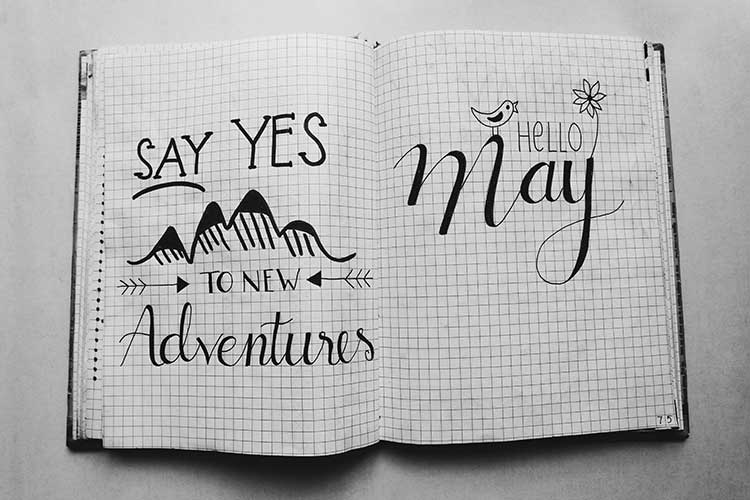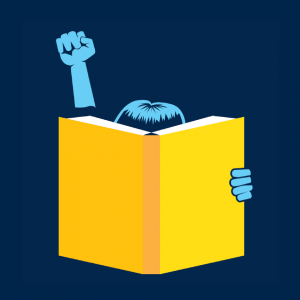 THE FINE ART OF NESTING
THE FINE ART OF NESTING Everyone has a story. Every voice has value. What better time than now to discover yours? We're offering workshops on paper making and kits for bookbinding. ... by Charlie Westerink
By Cathy Grace

1) “Absolutely immoral in its tone… all through its pages there is a systematic use of bad grammar and an employment of inelegant expressions … [the main character] not only itched but he scratched … and he said ‘sweat’ when he should have said ‘perspiration.’ ”
2) Considered “sexist” and “criminalized the foresting agency.”
3) Supporting “negativism.” All public libraries in Chicago banned the book because of its “ungodly” influence and “for depicting women in strong leadership roles.” In 1957, the Detroit Public Library banned the book for having “no value for children of today.”
4) It was “a real downer”…“sexual content and homosexual themes.”
5) Banned in Yugoslavia and Italy because of the author’s socialist views. The book was also burned by the Nazis in 1933.
6) A rabbit with white fur entered into a marriage with one with black fur – a plotline that did not please some in Alabama. The state library system removed the book because it was believed the book was attacking segregation policies.
7) In 1973, school board members in Drake, North Dakota, famously disposed of 32 copies of the book by burning them in the local high school’s coal burner.
8) The tale of Charlie Bucket and his tour of a candy factory embraced a “poor philosophy of life.”
9) One of the refreshments that Little Red Riding Hood was carrying to her grandmother was wine.
10) Inappropriate language, seen when the heroine Scout swears, and by a school in Texas because it “conflicted with the values of the community.”
11) “Prohibition of alternative lifestyle instruction,” which means that teachers in the district are forbidden from discussing homosexuality in the classroom. The plotline in which Viola, dressed as a boy, falls in love with Duke Orsino was deemed inappropriate.
12) Talking animals are somehow considered an “insult to god,” resulting in this book’s banning throughout random parts of the United States. Several institutions in Turkey and the UK have also banned the book, claiming that the character of Piglet is offensive to Muslims. Other institutions claim that the book revolves around Nazism.
13) References to sexual fantasies and masturbation … resulting in its ban from classrooms in New Hampshire. Since this original banning, the book has been challenged by thousands of other institutions, most famously in the 1960s in fear that it would promote drug use to children.
14) Promotes “witchcraft and supernatural events.”
a) The Rabbits’ Wedding – Garth Williams
b) The Wonderful World of Oz – L Frank Baum
c) Charlie and the Chocolate Factory – Roald Dahl
d) Twelfth Night – William Shakespeare
e) The Adventures of Huckleberry Finn – Mark Twain
f) Alice in Wonderland – Lewis Carroll
g) Little Red Riding Hood – Charles Perrault
h) The Giving Tree – Shel Silverstein
i) Winnie-the-Pooh – A A Milne
j) To Kill a Mockingbird – Harper Lee
k) White Fang – Jack London
l) Slaughterhouse-Five – Kurt Vonnegut
m) Where the Wild Things Are – Maurice Sendak
n) Diary of a Young Girl – Anne Frank
Stop by the Nederland Community Library and check out a Banned Book today!
Cathy Grace is a Library Assistant at the Nederland Community Library. She reads banned books.
Answers: 1)e — 2)h — 3)b — 4)n — 5)k — 6)a — 7)l — 8)c — 9)g — 10)j — 11)d — 12)i — 13)f — 14)m
(Artwork courtesy of the American Library Association)